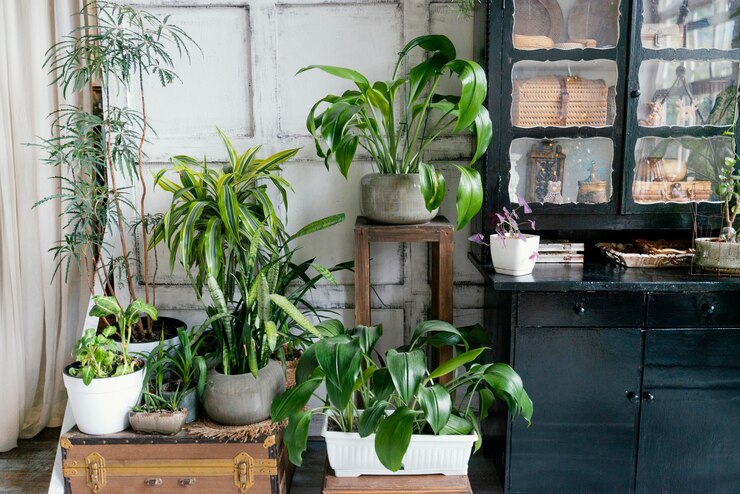Home gardening is not only a rewarding hobby but also a sustainable way to enhance your surroundings with lush greenery and fresh produce. Whether you're a novice or seasoned gardener, mastering a few key tips for gardening at home can significantly improve your gardening success. In this comprehensive guide, we'll explore essential strategies to help you cultivate a thriving garden right at home.
1. Know Your Zone and Soil
Understanding your hardiness zone and soil composition is fundamental to successful gardening. Identify your USDA hardiness zone to determine which plants thrive best in your climate. Conduct a soil test to assess its pH level and nutrient content, enabling you to choose plants that will flourish in your specific soil type.
2. Plan Your Garden Layout
Draw up your garden's layout to make the most of the available area and sunshine before you plant. Consider factors such as plant height, spacing requirements, and the potential for shade from nearby structures or trees. A well-planned layout minimizes overcrowding and ensures each plant receives adequate light and airflow.
3. Choose the Right Plants
Choose plants that are compatible with your climate, soil, and amount of sunlight. Opt for disease-resistant varieties and native plants that require less water and maintenance. Incorporate a mix of annuals and perennials for continuous blooms throughout the seasons, enhancing both visual appeal and biodiversity in your garden.
4. Provide Proper Watering
Effective watering is crucial for plant health. To promote drought resistance and deep root growth, water sparingly but deeply. Mulch helps control soil temperature, weed growth, and moisture retention. Consider installing a drip irrigation system for efficient water distribution, especially in larger gardens or during dry spells.
5. Implement Companion Planting
Maximize garden productivity and natural pest control through companion planting. Pair compatible plants that benefit each other by deterring pests, attracting beneficial insects, or improving soil fertility. For example, planting marigolds near tomatoes can repel nematodes, while basil enhances the flavor of tomatoes and repels mosquitoes.
6. Practice Integrated Pest Management (IPM)
Prevent and manage pests using sustainable methods that minimize environmental impact. Regularly inspect plants for signs of pests or disease, and promptly remove affected foliage to prevent spread. Encourage natural predators like ladybugs and lacewings, or use organic insecticides as a last resort.
7. Fertilize Wisely
Maintain soil fertility by applying organic compost or balanced fertilizers as needed. Steer clear of overfertilization, which can result in nutrient imbalances and pollution of the environment. Follow recommended application rates and timing based on plant growth stages to promote healthy root development and vigorous flowering.
8. Prune and Deadhead Regularly
Promote plant growth and flowering by pruning dead or diseased branches, as well as spent blooms. Regular deadheading encourages continuous blooming in annuals and perennials, while proper pruning improves air circulation and reduces the risk of fungal infections in dense foliage.
9. Protect Plants from Extreme Conditions
Shield delicate plants from extreme weather conditions such as frost, strong winds, or excessive heat. Use row covers, cloches, or shade cloth to provide temporary protection when needed. Monitor weather forecasts and adjust garden care practices accordingly to safeguard plant health.
10. Maintain Garden Cleanliness
Keep your garden tidy by removing weeds, fallen leaves, and debris regularly. Clean tools and equipment after use to prevent the spread of diseases between plants. Rotate crops annually to reduce soil-borne diseases and maintain soil fertility.
Conclusion
By applying these expert tips and tricks, you can create a thriving garden oasis that enhances your outdoor space and provides fresh produce and blooms throughout the seasons. Embrace the joy of gardening as a fulfilling and sustainable way to connect with nature and beautify your home environment.





Comments